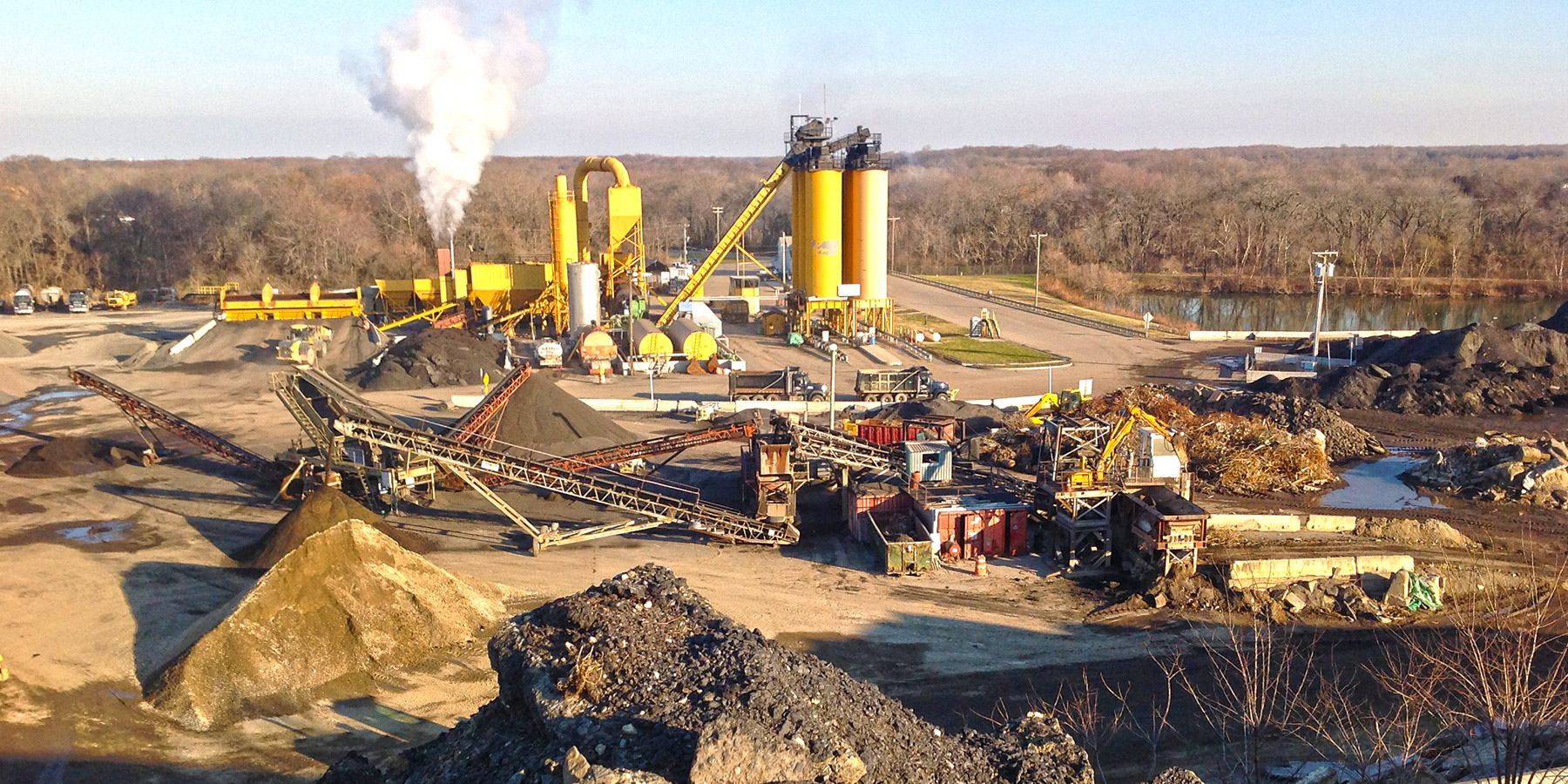Cost Effectiveness

The United States has 2.2 million miles of paved roads, and about 93% of them are surfaced with asphalt.
Asphalt pavements are and continue to be America’s pavement of choice.
Today’s current national and local economic conditions – combining reduced funding with high infrastructure needs – have elevated the importance of prudent spending. Decision makers exercising good stewardship practices can easily justify their decisions and choices to their constituents.
Good stewardship practices include a detailed, logical, and documented pavement type selection process that includes a life-cycle cost analysis as a key component.
Pavement Type Selection – PTS
Pavement type selection, or PTS, is the process that identifies the best pavement structure for a given application. Road agencies such as state DOTs and city/county public works departments use PTS processes, which may be as simple as specifying a certain type of pavement on the basis of traffic level, or as complicated as assigning weighting factors to more than a dozen characteristics and evaluating the outcome through a scoring system. The APA’s white paper on pavement type selection provides guidelines that agencies and others will find valuable.
Life-cycle Cost Analysis – LCCA
The APA has developed life-cycle cost analysis software that uses the principles recommended by the Federal Highway Administration (FHWA) to compare the economics of alternative designs for a given road project. It’s easy to use, unbiased, and free. There are two versions: LCCA Original, a comprehensive program, and LCCAExpress, geared to less-complex projects. Both are available as free downloads.
Fact #04
Studies have shown that on average, over a 40-year period, asphalt pavements are more economical than concrete pavements.
Using information from Kansas DOT’s databases, researchers from the University of Kansas found that rural interstates constructed of concrete cost three times as much to construct and maintain as similar asphalt interstates.
Fact #43
Asphalt pavement gives the best return on investment of any paving material.
When appropriately designed and constructed, an asphalt pavement will never need to be removed and replaced. The pavement structure will last indefinitely, so its value will also last indefinitely. With concrete, when the pavement reaches the end of its design life, it cannot be rehabilitated cost-effectively.
Fact #64
American taxpayers save over $1.5 billion per year by recycling asphalt.
The asphalt industry is the country’s number one recycler.
